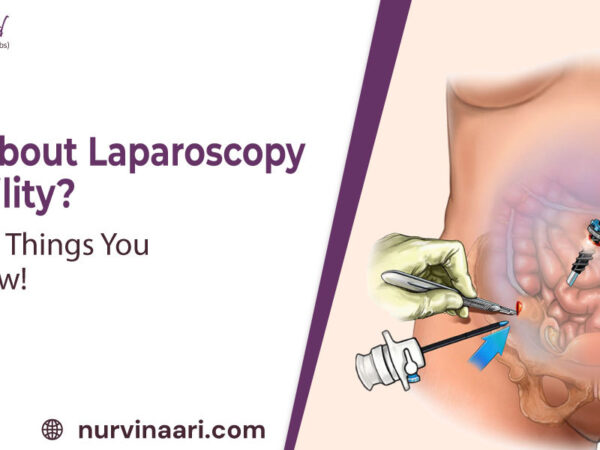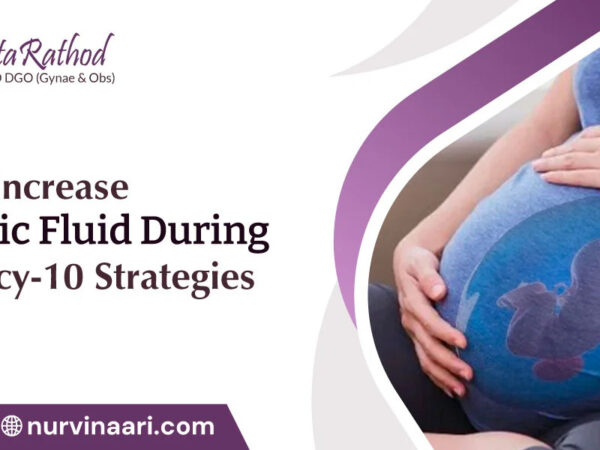If you are a woman recovering from a removal of uterus procedure, you may face various challenges, both physically and emotionally. You must understand the recovery process and the steps to ensure a smooth recovery.
In this article, you can explore the insights shared by Dr. Sujata Rathod, regarding the recovery process after a hysterectomy. She is a consultant gynecologist who emphasizes the importance of preparation and provides valuable advice to help patients recover.
Hysterectomy Surgery: All You Should Know
Tips for safe recovery after Hysterectomy Surgery
Dr. Sujata Rathod highlights that recovery preparation should commence when a patient is listed for the procedure. Doctors consider hysterectomy a major surgery as it stresses the body. Therefore, it is crucial to prepare adequately to facilitate a smoother recovery.
Drawing a parallel with preparing for a marathon, you must improve cardiovascular health through regular aerobic exercises, such as jogging, running, cycling, or swimming, leading up to the surgery. However, individual circumstances and underlying medical conditions should be considered when engaging in physical activities before the procedure.
In addition to physical preparation, lifestyle modifications like quitting smoking and maintaining a healthy diet are universally applicable and contribute to better recovery outcomes.
The hospital stay and recovery period duration varies based on the surgical approach. These surgeries typically require an overnight stay, while open procedures may require 2-3 nights.
Dr. Rathod addresses important considerations after Hysterectomy Surgery in Thane, such as infection, venous thrombosis (clots), pain management, heavy lifting restrictions, driving limitations, resumption of sexual activity, and maintaining regular bowel and bladder habits.
To prevent infection, patients receive antibiotics during the procedure, you must keep the wound clean and dry postoperatively.
The surgery increases the risk of developing clots, and preventive measures like wearing compression stockings, using blood-circulating boots, and receiving blood-thinning injections. At the same time, the hospital helps reduce this risk. Staying hydrated and engaging in light walking after surgery also contribute to improved circulation.
Pain management is essential during recovery; patients are typically prescribed pain medication at home. It is important to follow the prescribed regimen and support the wound when coughing, laughing, or sneezing to reduce pain and minimize strain on the incision site.
Lifting heavy objects should be limited during the initial weeks after surgery to avoid complications like wound opening, bleeding, or hernia development. Gradually increasing activity levels is recommended based on individual comfort and healing progress.
Driving after surgery requires consideration of personal medical conditions and insurance coverage. Consulting with the insurance company and ensuring the ability to perform necessary actions without pain or discomfort, such as braking and changing gears, are important factors in determining readiness for driving.
Resuming sexual activity following a hysterectomy depends on the type of Uterus Removal Surgery in Thane and individual healing. Moreover, maintaining regular bowel habits and avoiding constipation are crucial after surgery.
Conclusion
A well-planned and informed approach to recovery is necessary after a hysterectomy. Following the guidance, such as preoperative preparation, infection prevention, clot reduction measures, pain management, activity restrictions, driving considerations, resumption of sexual activity, and maintaining regular bowel and bladder habits, can contribute to a smoother recovery process. Each patient’s journey is unique, and you must consult with a healthcare professional for personalized advice and guidance throughout the recovery period.



Comments are closed.